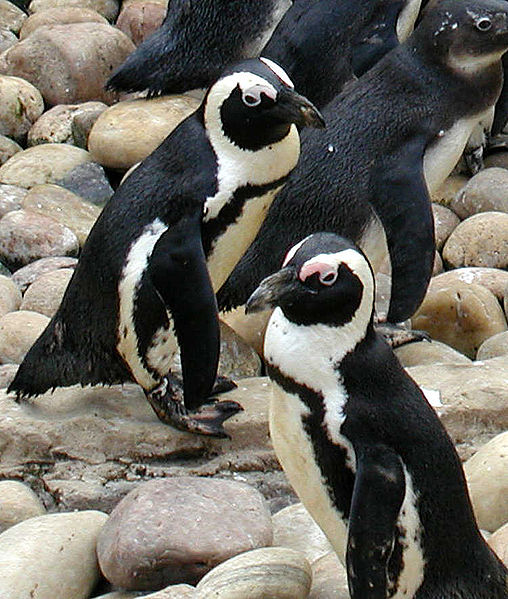
Welcome everyone to the Wednesday edition of Wild Facts. Today we are going to take a trip to a little place I like to call Africa, but we aren’t learning about the typical animals such as lions and gazelles. Nope, we are going to wattle our way over to the coast between Namibia and South Africa, so we can learn about the amazing African Penguin. This little penguin is also known as the Black-Footed Penguin and they have also been called the Jackass Penguin. They received this latter name since these unique birds have been known to make the neighing sound of a donkey.
So what does an African Penguin look like? Well, like a penguin. They are about 70 cm (27.5″) tall and weigh between 2 and 5 kg (4.4 to 11 lbs). They have black feet, which is how they received that clever “Black Footed Penguin” name, and each individual African Penguin has a black stripe with black spots on their chest. These spots are just like fingerprints with no two patterns being the same. Basically, it is like wearing a “Hello, My Name is….” tag at all times.
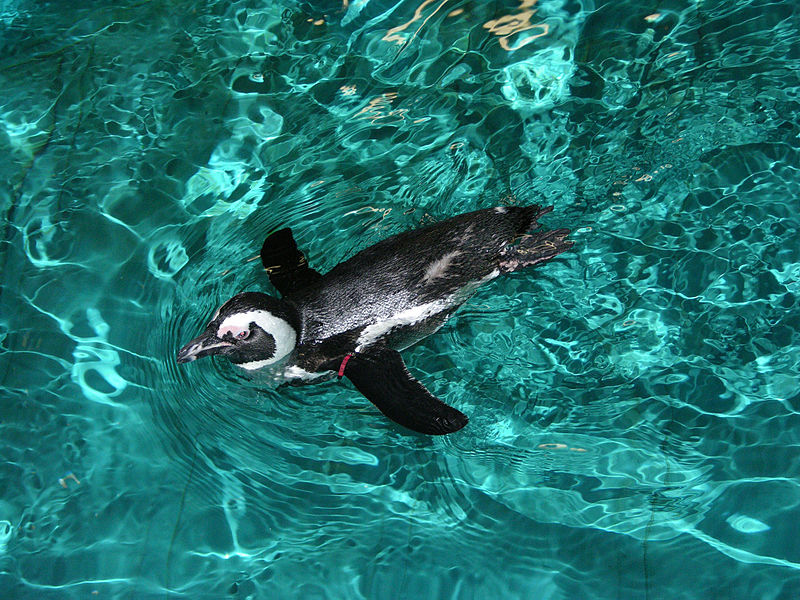
Have you ever wondered why the African Penguin is black and white? Believe it or not, this colouring plays a very important role in the survival of the species…and they look pretty sharp while doing so. Even in Africa this specific colouring provides incredible camouflage for our penguin friend. You see, when the African Penguin is enjoying a nice swim, the white belly makes them difficult to spot for predators beneath them looking up. Similarly, the black back makes them difficult to spot for the predators looking down into the water. If you ask me, this is pretty tricky of the penguin.
African Penguin Fast Fact – Unfortunately, this magnificent penguin is considered to be endangered as a result of climate change, over-harvesting the African Penguins food source, and of course, good ol’ pollution. In fact, during the year 2000, the African Penguin was having the best breeding season in recent memory. Unfortunately, right at the peak of this much needed phenomenal breeding season, an oil tanker sprung a leak and managed to oil about 18 000 individual African Penguins. I don’t know about you but that is just horrible luck for this species. I sure hope their luck changes since it would be nice to have them hanging around the earth a little while longer.
So that does it for Wednesday’s Wild Fact. I hope you enjoyed learning about the African Penguin and I am looking forward to exploring the life of a new animal with all of you, tomorrow.

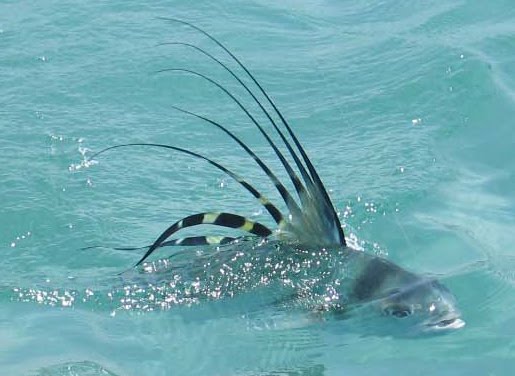
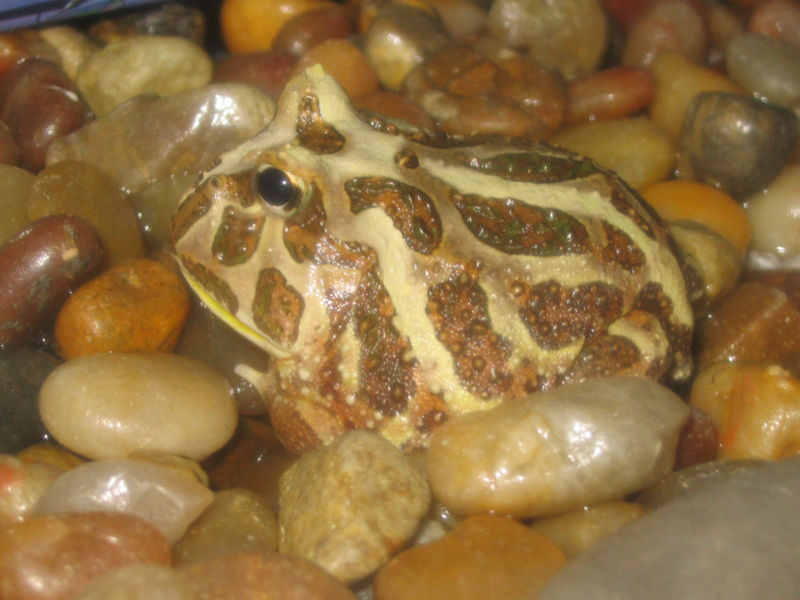
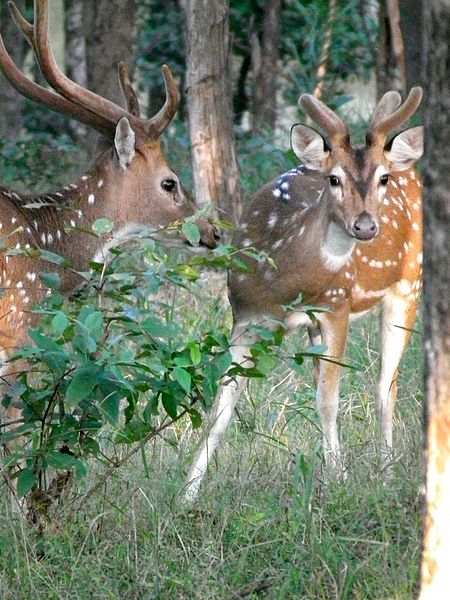
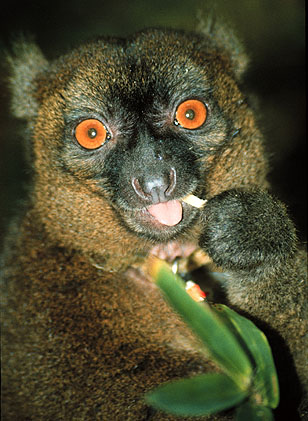
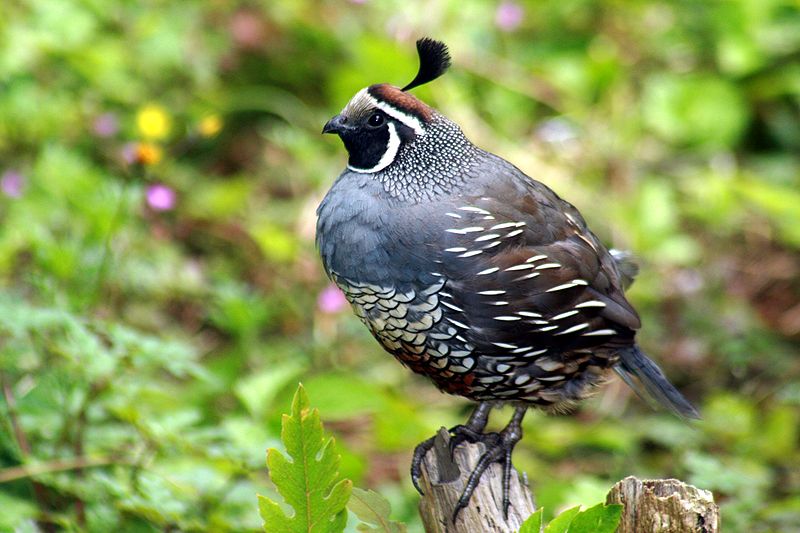
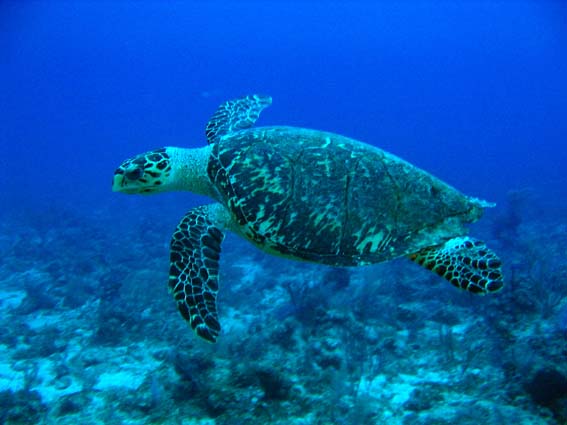
After watching the penguins for more than 1/2 hour in SeaWorld, I really think they have a lot to teach us about community living. They are also very tactile creatures. Their interaction is so fascinating to watch. Their coloring was very much like the ones in Africa.